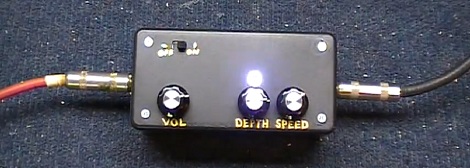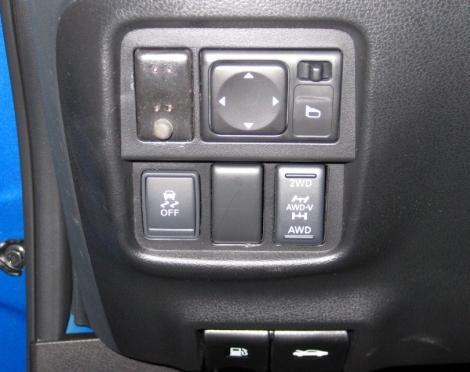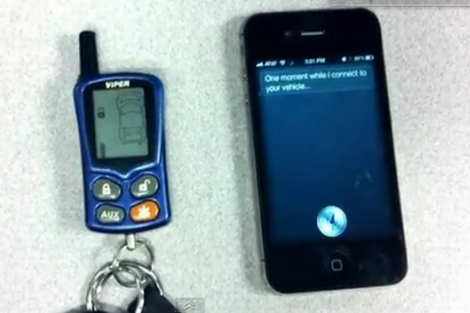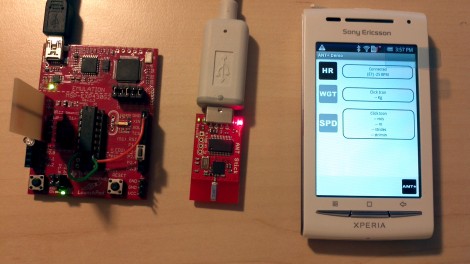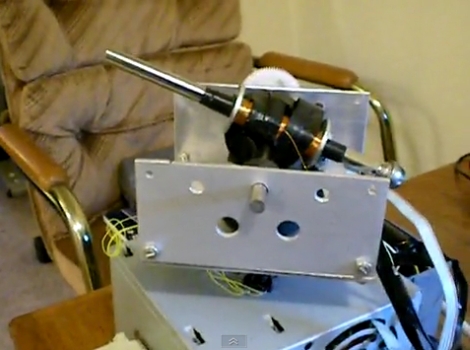
A few years ago when [Dr. West] was wrapping up his collegiate studies, he put together a pretty cool coilgun for his senior project. The gun was built to simulate the Scorched Earth computer game in real life, but due to time constraints he was only able to build one turret instead of two.
The turret was constructed using mainly salvaged components, most of which came from old laser printers and desktop computers. The turret sits atop a computer PSU, which also happens to be the source of the coilgun’s charging power. A Rabbit 2000 microcontroller is used to drive the gun, which is something we’re familiar with from [Dr. West’s] past projects.
The gun can be aimed manually via the attached keypad, but we prefer the more authentic route, allowing the turret to aim itself after being fed X and Y coordinates. As you can see in the demo video, the coilgun works nicely, allowing [Dr. West] to hit a target from across the room.
We love the concept, and think it would be tons of fun to play a real life game of Scorched Earth with a pair of these turrets. If you are interested in making one of your own, you can find the writeup for his final project here in his public Dropbox.



